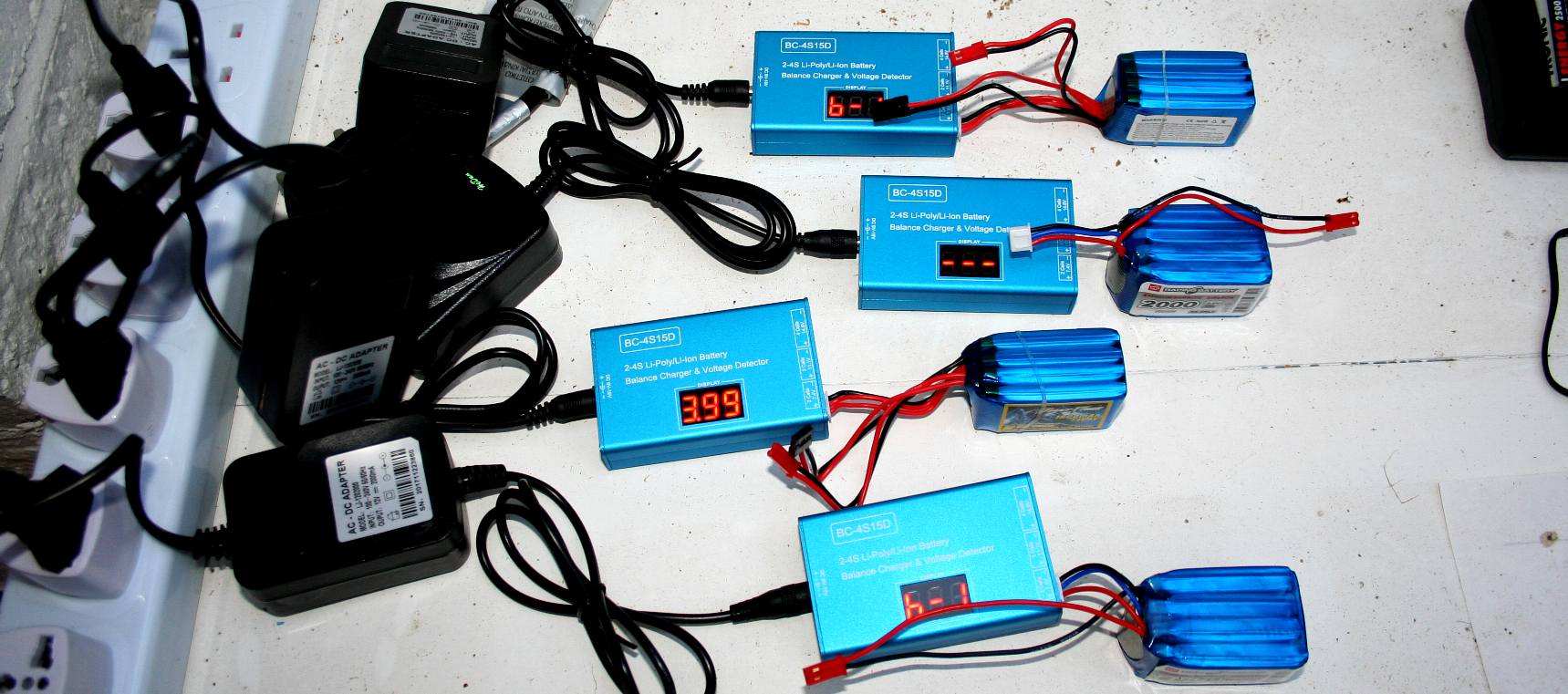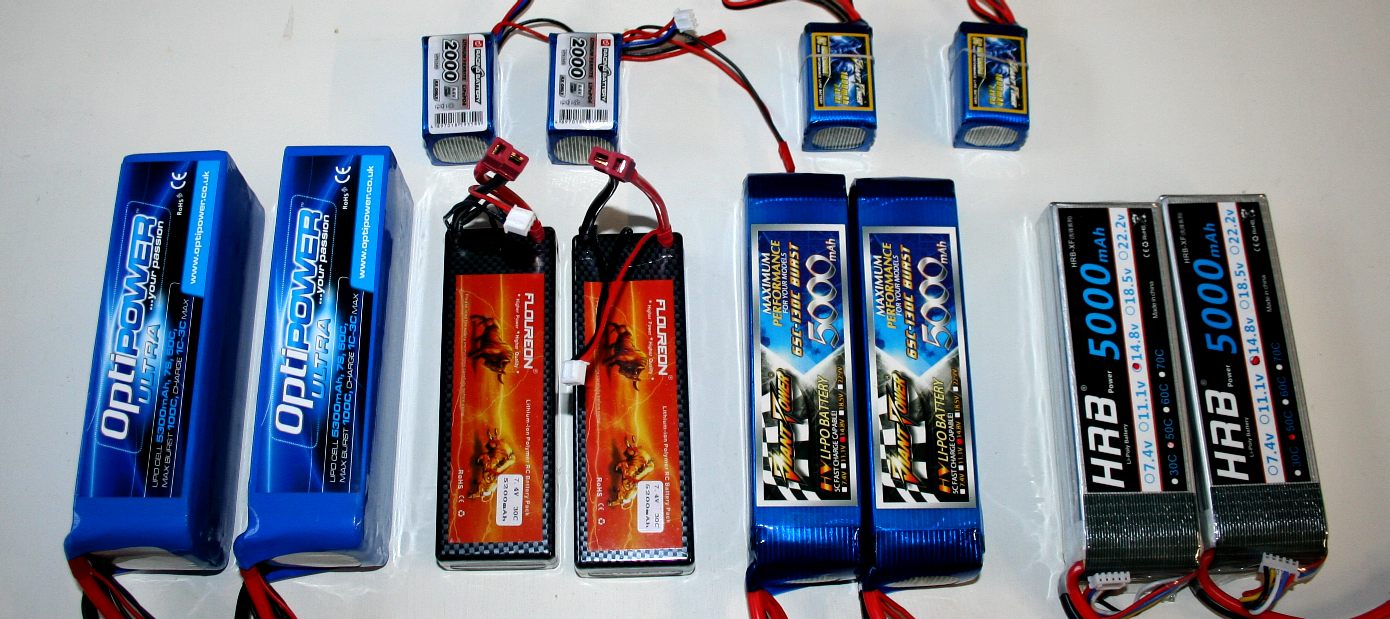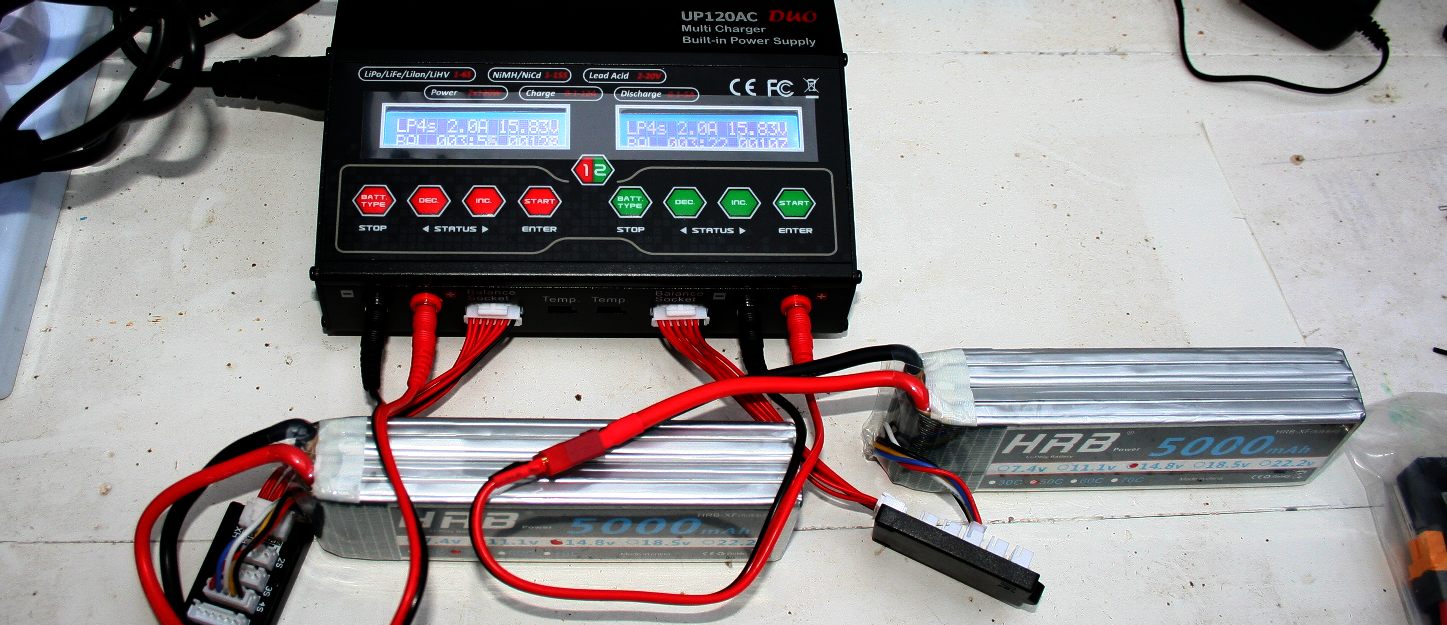|
POWERING UP SEAVAX ™
ABOUT - CONTACTS - FOUNDATION - HOME - A-Z INDEX
ROBOTIC EXPERIMENTS 2018 - This is a picture of the SeaVax proof of concept model that we will be experimenting with through the Spring and Summer of 2018. She is likely to come out with a few scratches and drill holes from what is planned, but you cannot make an omelet without breaking a few eggs.
Having conducted a number of experiments in 2016 and 2017 using a variety of battery mixes, we found that we had to wait in between charges and sometimes lost the continuity because of this.
For 2018, we hope to have resolved this problem for our roboteers by installing multiple chargers and having spare packs at the ready. We are in the process of creating a charging bank, as we have for our hand tools, most of which are 18v lithium battery packs - and what a joy it is to work anywhere without wires dangling all over the place.
TEST CHARGING STATION - In January 2018 in the robot lab our technicians are working out the wiring and safety temperature monitoring to be able to charge 12 lithium batteries of different voltages and capacities all at the same time. This is so that AmphiMax and SeaVax experiments may be conducted in tandem, such as when simulating an ocean launch in the test tank. Here you can see a test charge of four small batteries that power servos and radio control gear. We use much larger packs of 14 (4s) and 24 volts (7s) and 5 amp/hour capacities to run the tracks on AmphiMax and the pumps on SeaVax. The temporary layout will be converted to a fixed arrangement once we are sure that we can charge our packs in good time to allow extended experimenting time. Copyright © photographs January 23 2018. All rights reserved. You will need the permission of the Cleaner Ocean Foundation to reproduce these diagrams except for educational use or private research.
VOLTAGE MISMATCHES
Inevitably, the equipment onboard the SeaVax requires different voltages and capacities. Last year we were using lead-acid gel cells for the pumps and nickel cadmium batteries for the radio sets and servos. While obtaining some useful data, as we are proceeding to tank tests of greater complexity, we elected to up our game plan and go for Lipos all round.
If this works out as planned, we will set up a permanent charging bank to help ease the setup time in between experiments and allow the pilots and recorders more time to perfect routines.
We'll show you pictures of the final setup as soon as the shelving is complete and we have time to take a few more progress photos. As you may imagine, it is practically a full time job monitoring the state of charge of these batteries, those of our hand tools and the lead-acid batteries of our transport vehicles and portable generators.
ENSEMBLE - These are the batteries for our first batch of experiments in 2018. We only have one set of 25volt packs for the pumps. We have two sets of the 14.8 volt packs for the AmphiMax drives and two sets of packs for the servos. Hence, we need another set of the big boys. We are waiting for the delivery of some 30amp power supplies for the seven cell packs, where these are not commonplace and we had to charge from 12v car batteries - so messy when operating in a laboratory situation - fine when in the field. There are many manufacturers of 6S charging equipment with built in power supplies, meaning no problems at all for 2S and 4S packs. This lot will allow us around 30 minutes of run time while we develop the launch and recover sequences.
DUAL CHARGERS - Here you can see us getting to know how our new equipment works. Even at a mild charge rate we will not have to wait long between battery exchanges - meaning we can work for longer when we are onto something. We have two of these and two more 1000 watt beauties for the 25 volt packs. Put that together with the 4 baby chargers at the foot of the page and you can begin to see how the charging banks could have eaten into our lab space - had we not tackled that head on. Small things like this really help when it comes to experimenting in water, when let's face it, getting wet does not always keep you in the best frame of mind as your core temperature chills. Good job we have a canteen to retreat to while we recover.
STANDBY MODE JANUARY 2018 >>>>>>>
We are working on ways to secure fresh funding for the acceleration of the SeaVax project, the Cleaner Ocean Foundation (via its volunteers and associates) will continue to work on the project as far as is possible by carrying out AmphiMax launch simulations and other robotic development in their spare time. We do though hope that the SeaVax ocean clean up game and ocean awareness campaign will help us in this regard.
LOCATION
COF continues to scout and negotiate for suitable assembly/launch sites where there are some areas in the UK now offering incentives for marine development.
LINKS & REFERENCE
http://www
MARINE LIFE - This humpback whale is one example of a magnificent animal that is at the mercy of human activity. Humans are for the most part unaware of the harm their fast-lane lifestyles are causing. We aim to change that by doing all we can to promote ocean literacy.
This website is provided on a free basis as a public information service. Copyright © Cleaner Oceans Foundation Ltd (COFL) (Company No: 4674774) 2018. Solar Studios, BN271RF, United Kingdom. COFL is a charity without share capital. The names Amphimax™ RiverVax™ and SeaVax™ are trademarks.
|



